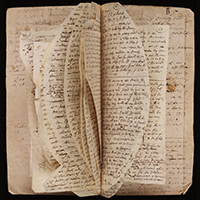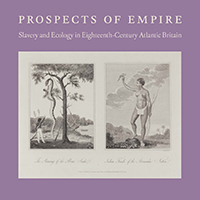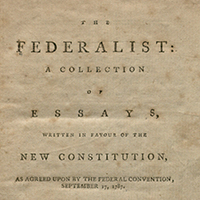Search Strategies: Catalogs and Databases [Possibly remove?]
Catalogs and Databases
The library’s catalogs and databases are excellent places to begin searching for primary sources. You can find more information about the library’s catalogs and databases on the Discovery Tools page.
 Efficacious Grace, three notebooks, notebook 2 of 3. Jonathan Edwards Collection. Beinecke Rare Book and Manuscript Library. |
Catalog Search Strategies: Primary Source KeywordsIf you are looking for primary sources in electronic catalogs like Orbis and Quicksearch, certain keywords will help you. Some words that are particularly useful include:
You can combine these terms with other keywords using Boolean operator terms to narrow down your results. Example: Gertrude Stein AND diaries See the page on basic and advanced Boolean search strategies for more information. |
Catalog Search Strategies: Subject Headings SearchSubject heading searches often return more comprehensive results than keyword searches. The Library of Congress creates subject headings that most libraries borrow, but they might not obviously come to mind. One way to find out the subject heading for a particular topic is to look for a trusted source in the library catalog and examine the record to find the subject headings. For example the subject term for the Vietnam War includes the dates: Vietnam War, 1961-1975 To find relevant subject headings, a researcher should run a keyword search to find a trusted source in the catalog, then look at the subject headings listed at the bottom of the record. A search that combines primary source keywords with subject headings will likely bring back relevant material. For example, searching: Vietnam War, 1961-1975 AND personal narratives finds memoirs or firsthand accounts of soldiers who fought in the war. These types of searches can be made in the simple search bar, but our catalogs have advanced search features that allow researchers to get very specific. A user can search: Vietnam War, 1961-1975 AND personal narratives and ask the catalog to limit results to those written from 1970-1975 and records in electronic form. |
|
|
|
Database search strategiesYou can use the same basic search strategies you use in catalog searches to search within databases. Many databases have both basic and advanced search functions. Additionally, in many primary source databases, you will have the opportunity to search the full text of documents. Think about the language that would have been used during that time period and in that cultural context, and search for relevant words, names, or phrases. |
|
|
Citation tracing as a search strategyOne good way to discover primary sources relevant to your research question or topic is to check the citations and bibliographies in books, articles, and dissertations related to your project. Whether citations appear as endnotes or footnotes, they can be very helpful in leading you to primary sources found in archives, as publications, on microfilm, and online. Bibliographies in books and dissertations often separate out lists of the primary or archival sources consulted, and if you are lucky, you might find a bibliographic essay at the end of a book or dissertation that not only identifies primary source materials but also describes the type and quality of information they contain. If you ever have trouble deciphering citations, librarians and archivists can help! |

